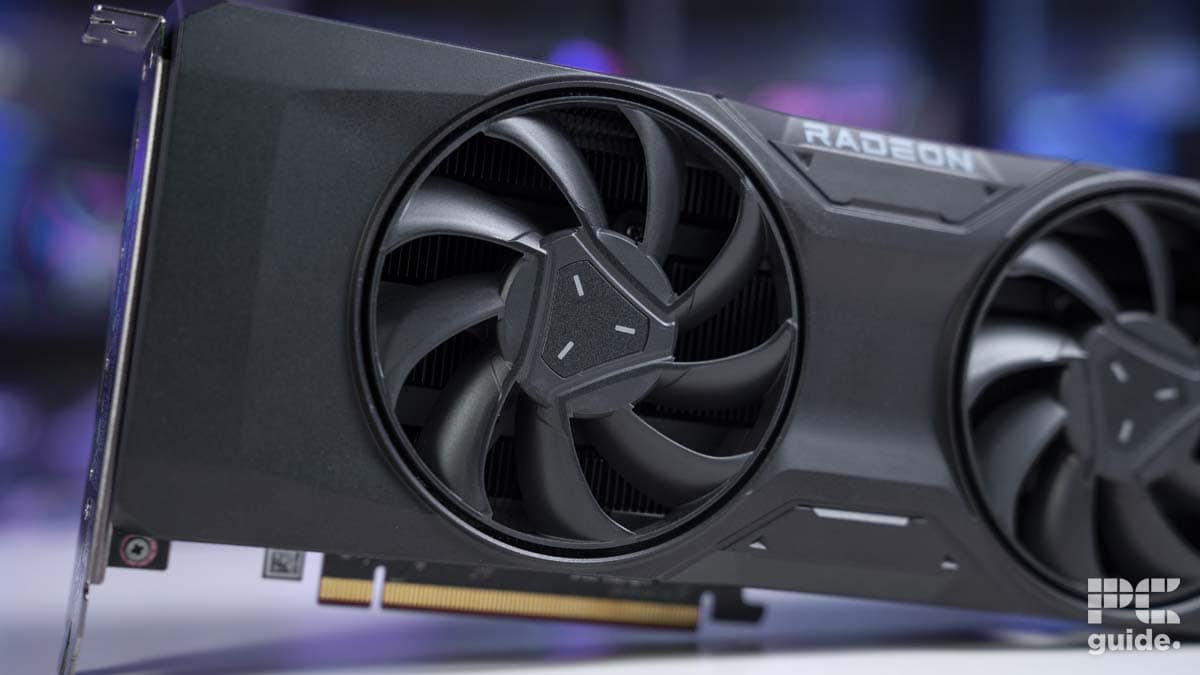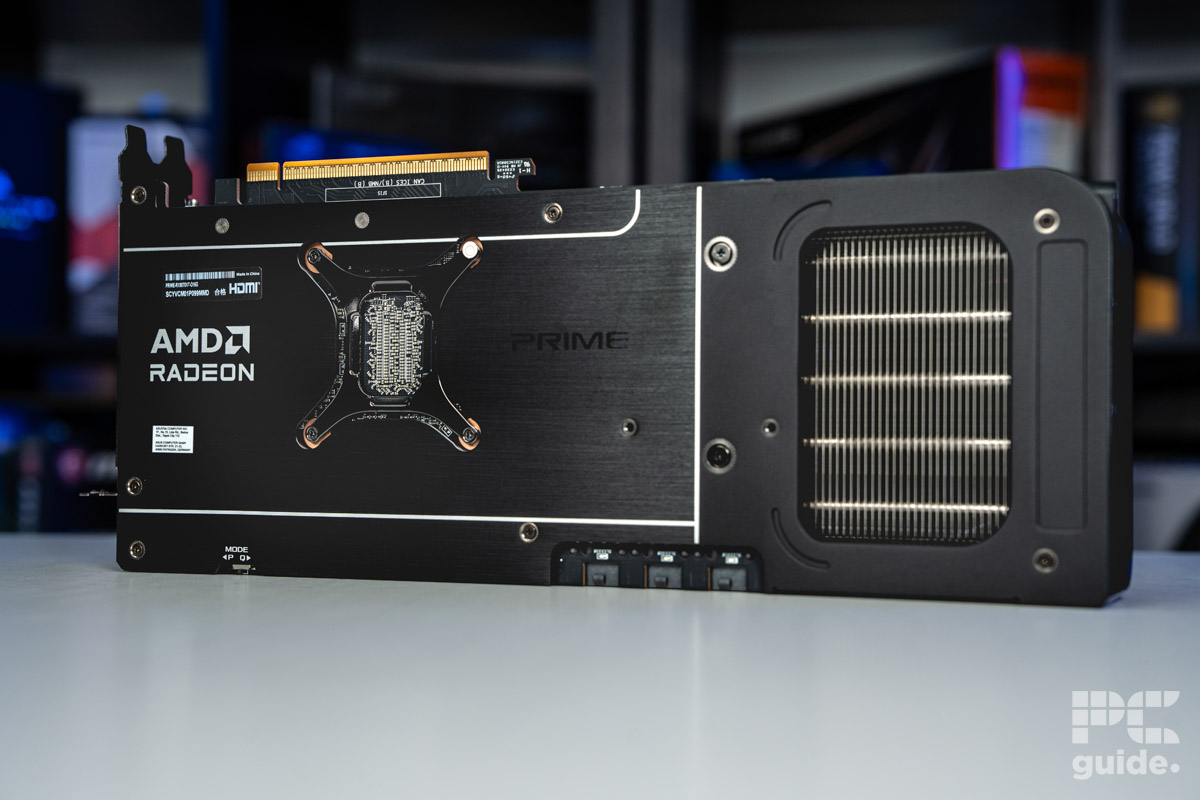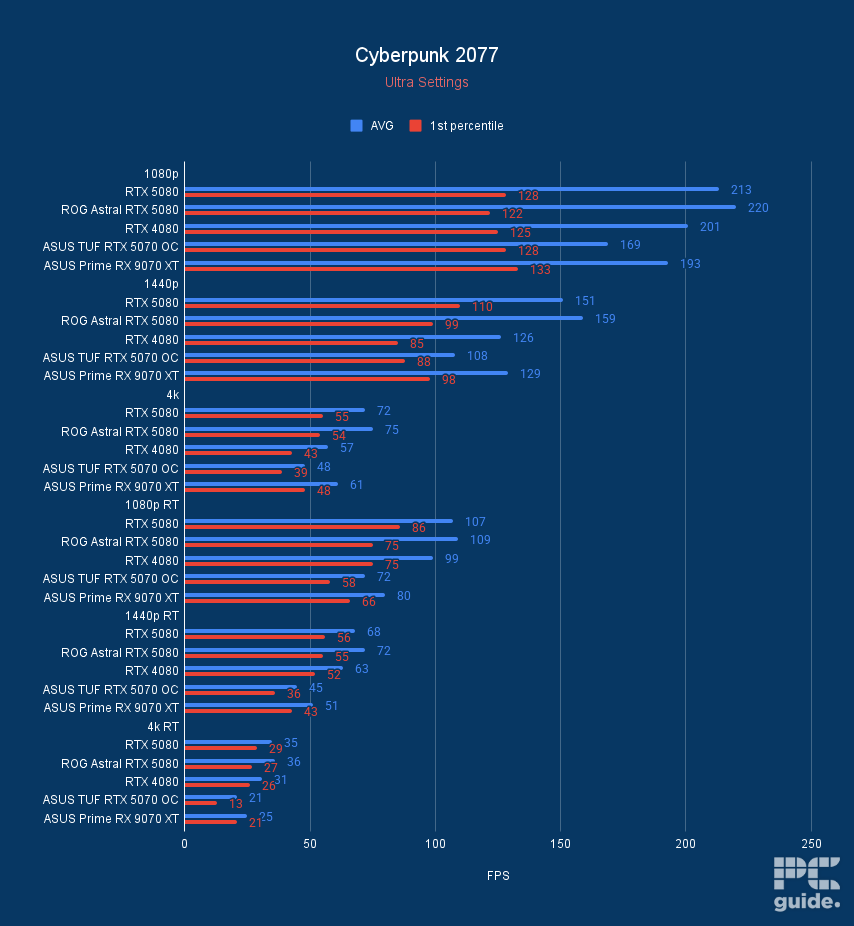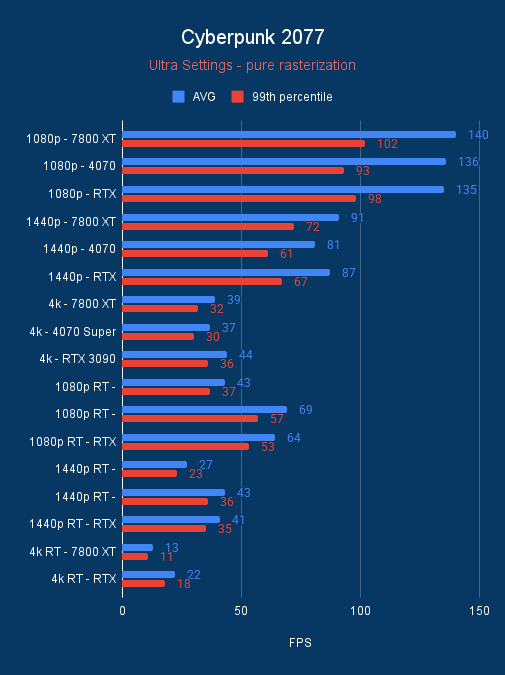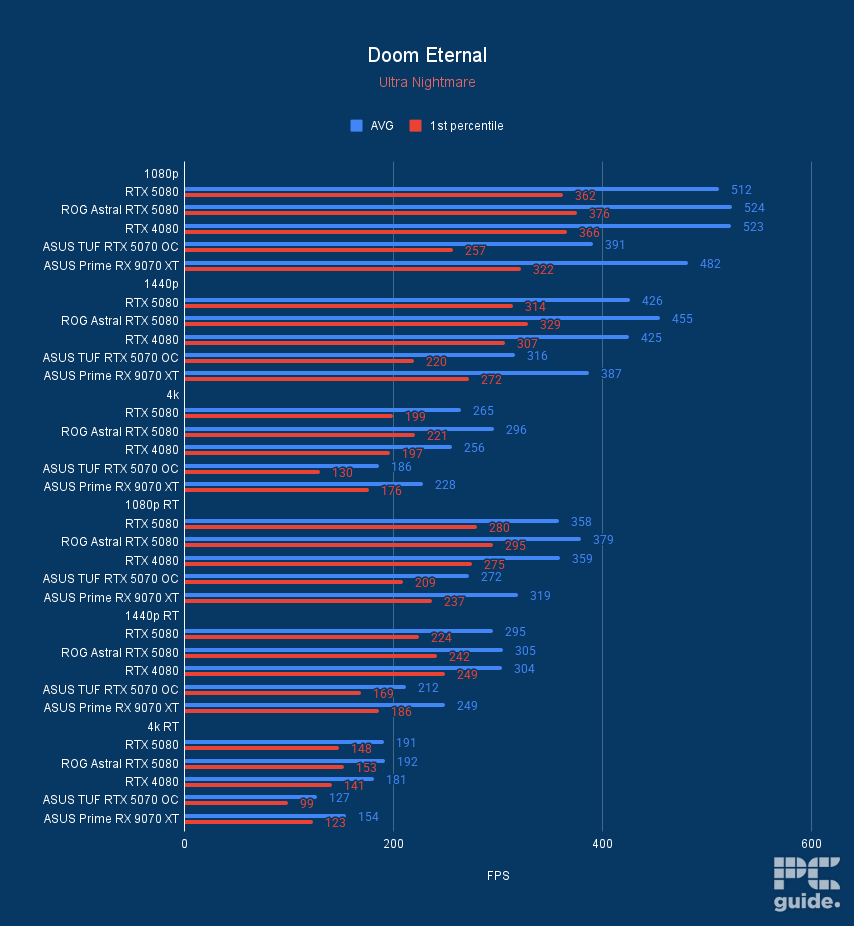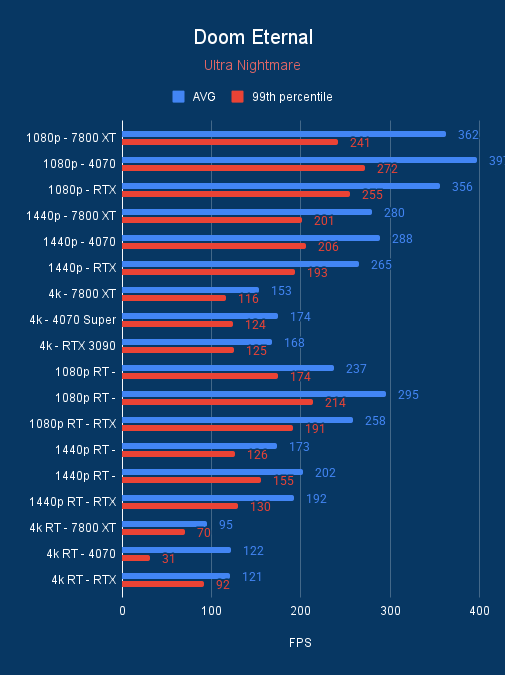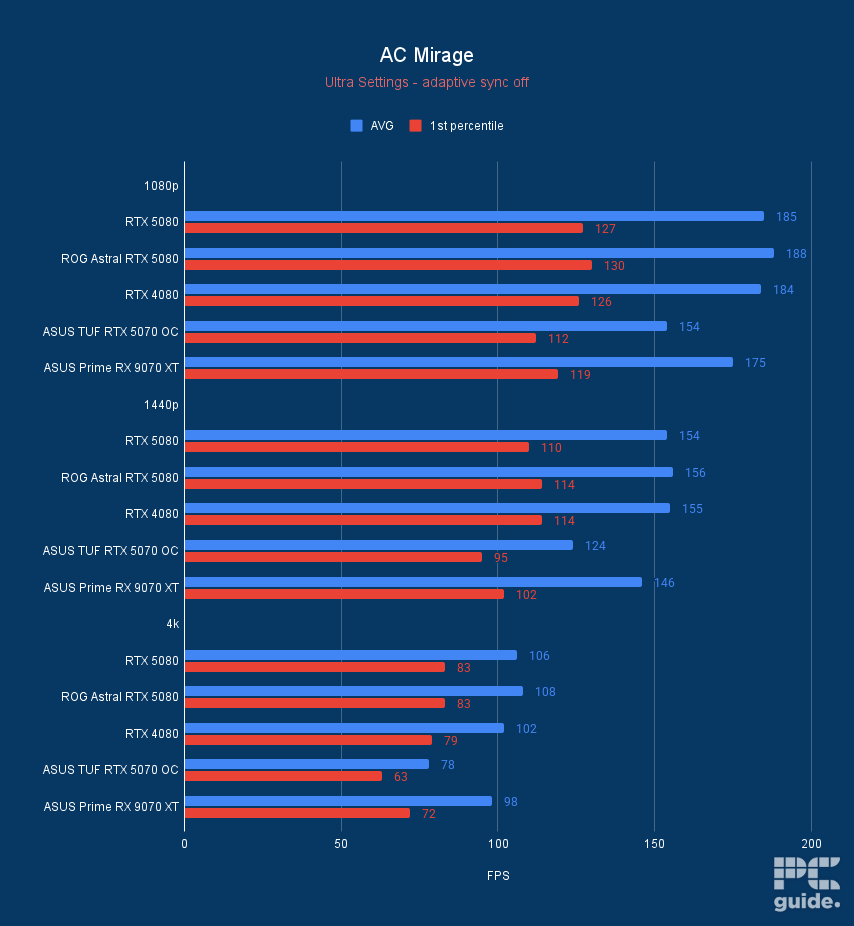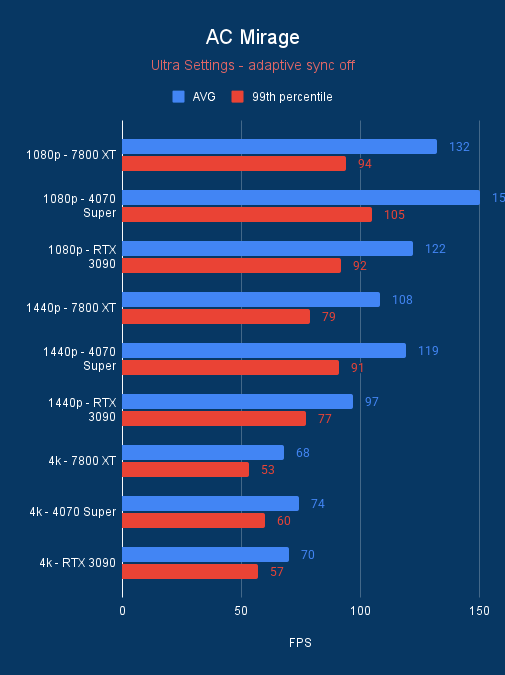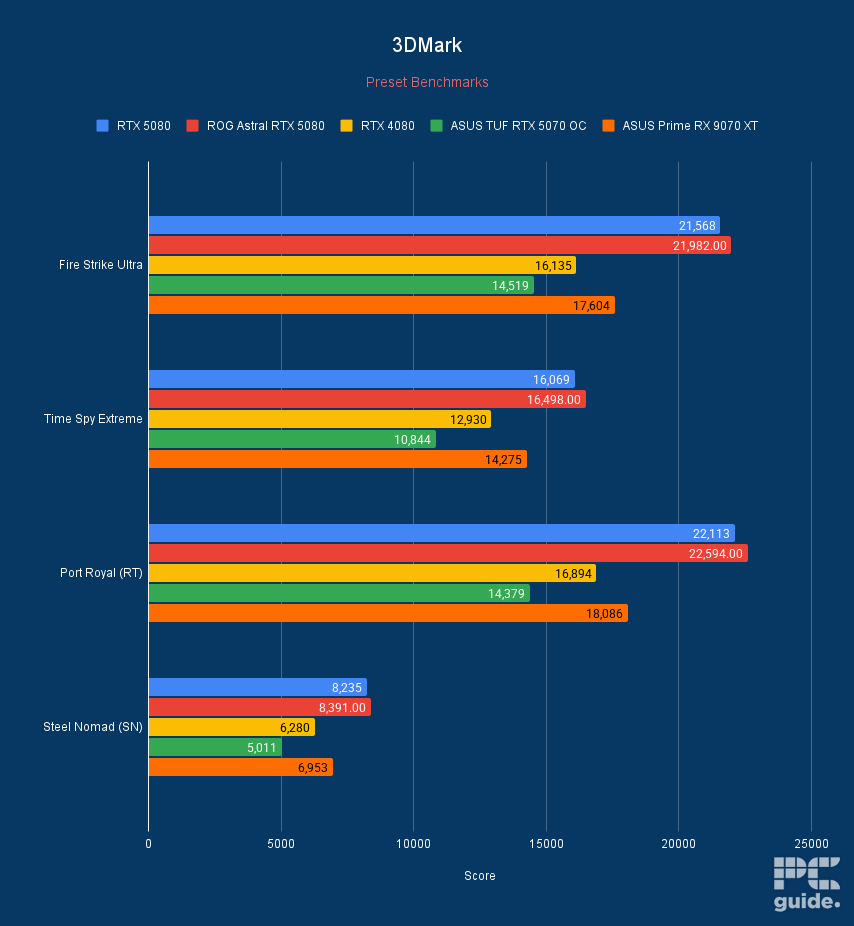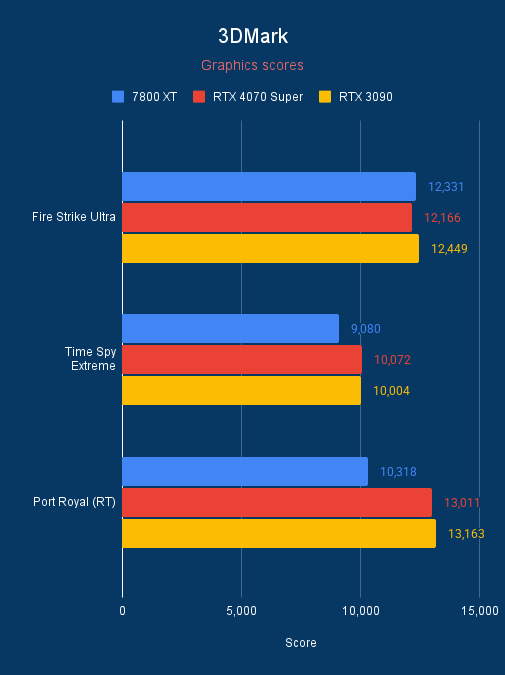RX 9070 XT vs RX 7800 XT spec and performance comparison – how do they compare?
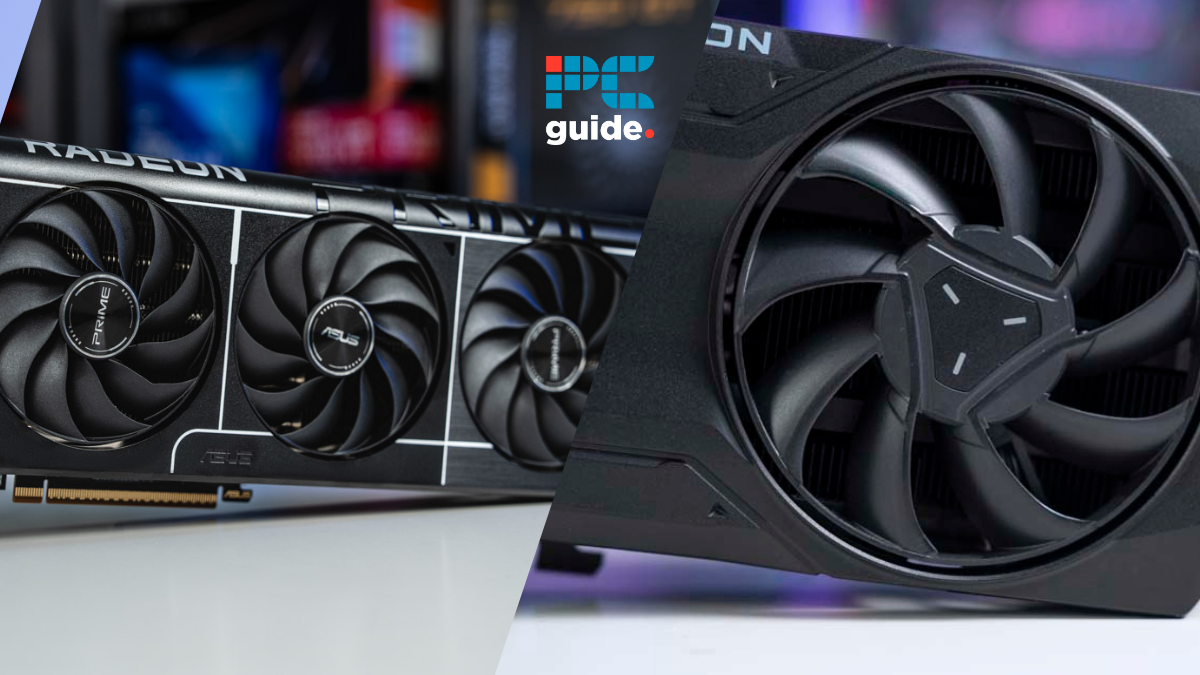
Table of Contents
The RX 9070 XT is here and marks a big change for AMD as it stepped away from competing with Nvidia in the high-end GPU market segment. This GPU features the new RDNA 4 architecture and FSR 4, which is exclusive to the Radeon 9000 series, but over 30 games support it on launch.
However, we're wondering how the RX 9070 XT and the RX 7800 XT stack against each other, as the latter is the closest competition for it from Team Red. However, there are some concerns from the community as some models of the RX 9070 XT are using the same power connector that is melting the connectors on the RTX 5090.
Prime Day may have closed its doors, but that hasn't stopped great deals from landing on the web's biggest online retailer. Here are all the best last chance savings from this year's Prime event.
- Sapphire Pulse AMD Radeon™ RX 9070 XT Was $779 Now $719
- AMD Ryzen 7 7800X3D Processor Was $449 Now $341
- Skytech King 95 Ryzen 7 9800X3D gaming PC Was $2,899 Now $2,599
- LG 77-Inch Class OLED C5 TV Was $3,696 Now $2,996
- AOC Laptop Computer 16GB RAM 512GB SSD Was $360.99 Now $306.84
- Lexar 2TB NM1090 w/HeatSink SSD Was $281.97 Now $214.98
- Apple Watch Series 10 GPS+ Smartwatch Was $499.99 Now $379.99
- AMD Ryzen 9 5950X processor Was $3199.99 Now $279.99
- Garmin vívoactive 5 Smartwatch Was $299.99 Now $190
*Prices and savings subject to change. Click through to get the current prices.
However, seeing how it has a comparatively very low TDP, cable melting issues shouldn’t occur, but we’ll know for sure when it goes live. That being said, we're aware of what the RX 7800 XT is capable of, and it delivered on AMD's claim of it being the “ultimate 1440p card,” however, to our surprise, it also managed to push 4K in some titles, but that isn't its strongest suit. We’ve also put the RX 9070 XT through its paces in our testing lab, and its performance has seriously impressed us.
So, with the performance benchmarks for both cards available, we’ll put them against each other and see how far apart they are.
RX 9070 XT vs RX 7800 XT specs comparison
Here’s a quick look at how these two cards stack up side-by-side.
| Specifications | RX 9070 XT | RX 7800 XT |
| Compute units | 64 (4096) | 60 (3840) |
| RT Accelerators | 64 | 60 |
| AI Accelerators | 128 | 96 |
| Peak AI TOPS | 1557 TOPS | – |
| Boost clock speed | 2.97 GHz | 2.4 GHZ |
| Memory | 16GB GDDR6 | 16GB GDDR6 |
| TDP | 304W | 263W |
| Connectivity | PCIe 5.0 x16 | PCIe 4.0 x16 |
| Display | DisplayPort 2.1a, HDMI 2.1b | DisplayPort 2.1, HDMI 2.1 |
Performance comparison
The RX 9070 XT has better hardware compared to the RX 7800 XT, and with the AI improvements, it'll be difficult for the RX 7800 XT to compete with the RX 9070 XT even at 1440p, which is its sweet spot. However, let’s look at the numbers and see how they performed.
RX 9070 XT vs. RX 7800 XT 4K performance
The RX 9070 XT and the RX 7800 XT are mid-range GPUs, and when you think of “mid-range,” 4K gaming isn’t something generally that goes with it, as 1440p is more suited for it. However, the RX 9070 XT can easily push great results at 4K, and the 7800 XT is also in the same boat but lacks consistency.
We’ve reviewed plenty of games, but we’ll take the output of Cyberpunk 2077, Doom Eternal, Assassin’s Creed: Mirage, and CS2 as examples. We’ll start with Cyberpunk 2077. The RX 9070 XT managed to churn out 61 FPS in this title, and the 7800 XT managed 39 FPS, which is a 44% performance difference.
In Doom Eternal, which is one of the most well-optimized titles out there, the 9070 XT delivered 228 FPS, while the RX 7800 XT managed 153 FPS (39% performance difference). However, in Assassin’s Creed: Mirage, the gap was 36% as these cards delivered 98 and 68 FPS, respectively.
The wild card was Counter-Strike 2, which ran with 114 FPS with the RX 7800 XT, while the RX 9070 XT managed 110 FPS. While the difference of 3.5% isn’t a lot, we suspect that the driver or some other issue was holding the RX 9070 XT back and expect much better output. That being said, the RX 9070 XT is the better card for 4K gaming as it overwhelmingly outperformed the 7800 XT.
RX 9070 XT vs. RX 7800 XT 1440p performance
Now, we’ll shift the battlefield to 1440p, which is the 7800 XT’s home ground. We’ll take the example of the same titles to provide a good comparison.
In Cyberpunk 2077, the RX 7800 XT delivered 91 FPS while the 9070 XT managed 129 FPS, which is 34% better performance in favor of the latter, but the 7800 XT did manage to reduce the gap from 44%. Similarly, the performance gap in Doom Eternal was reduced to 32% as the 9070 XT and 7800 XT delivered 387 and 280 FPS, respectively.
In Assassin’s Creed: Mirage, these cards churned out 146 and 108 FSP, respectively, still putting the RX 9070 XT ahead with 29% better output. Lastly, in Counter-Strike 2, at 1440p, the mid-range champion from Team Red churned out 231 FPS while the RX 7800 XT managed 244, which is only a difference of 5.4%, but it seems like the latter managed to pull slightly ahead at QHD.
RX 9070 XT vs. RX 7800 XT synthetic performance
Besides gaming, when we reviewed the RX 7800 XT, we found out that it isn’t the best card for creatives, but the next generation of cards has brought with it plenty of improvements. Fire Strike Ultra, Time Spy Extreme, and Port Royal are used to gauge a graphics card’s ability to handle 4K frames with DX11 and DX12 and real-time ray tracing, respectively.
The previous generation of AMD GPUs wasn’t great when it came to Ray Tracing, but the new hardware of Radeon GPUs has enabled them to compete much more closely with Nvidia. That being said, in Port Royal, the RX 9070 XT delivered 18,068 points, while the RX 7800 XT delivered 10,318, meaning the 9070 XT is 54% more at real-time ray tracing than the 7800 XT.
On the other hand, when it comes to 4K output with DX11 and 12, the 9070 XT delivered 17,604 points in Fire Strike Ultra, while the 7800 XT churned out 12,331 (35% performance difference). In Time Spy Extreme, the difference between them grew to 44% as they managed 14,275 and 9,080 points, respectively.
Design differences
Cores and clock speed
The RX 9070 XT has 64 compute units, while the RX 7800 XT has 60. Each compute unit has multiple Stream Processors inside it, which is AMD's equivalent of CUDA cores. The 7800 XT has 3,840 Stream Processors, and since the 9070 XT has the advantage of 4 CU, it has 4096 Stream processors to work with,
In addition, these cores are also based on the RDNA 4 architecture, which should also bring better efficiency and performance, meaning the RX 7800 XT is at a disadvantage. The argument can be made that you can overclock the GPU to increase its performance; the same can be done for the RX 9070 XT, and the performance delta between the two GPUs would remain the same.
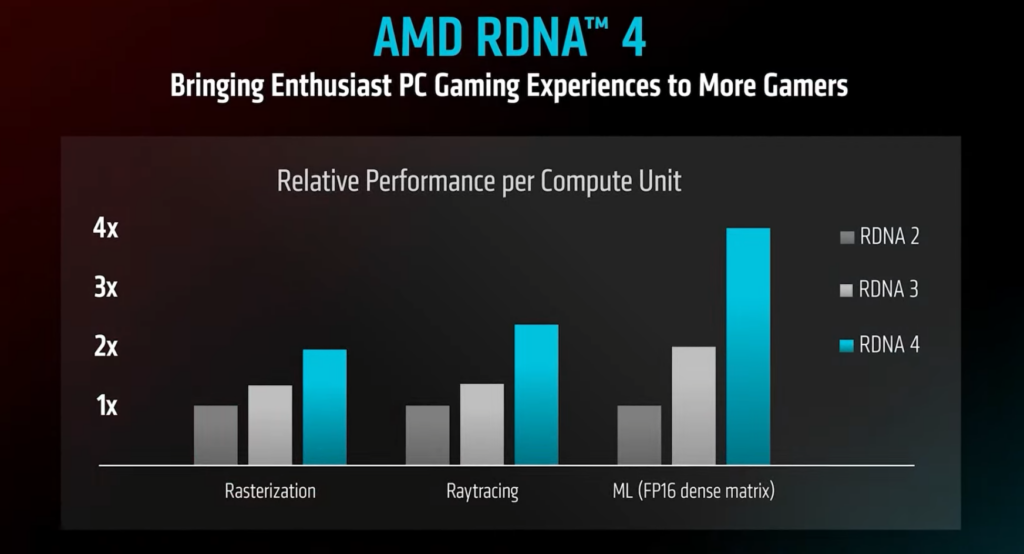
That being said, even without overclocking, the RX 9070 XT has a boost clock speed of 2.97 GHz while the 7800 XT tops out at 2.4GHz. This means that the 9070 XT can handle 2.97 billion instructions per clock cycle, and since it has more CU, more stream processors run faster, resulting in better overall performance.
TDP
With the chances in the architecture and hardware, the power draw of the RX 9070 XT has greatly increased from its predecessors. It has a 304W TDP, while the 7800 XT has 263W. So, it'll take more power to run the RX 9070 XT, which will add up to your electricity bills in the long run.
So, we recommend using a Gold-rated PSU to ensure high efficiency and that your PC utilizes most of the power being pulled from the wall socket. The higher rated the PSU is, the less electricity will be wasted, but the initial cost will be hefty. If you’re interested in exploring some options, we recommend you check out the best power supplies for gaming PCs for the top picks.
Pricing
The RX 9070 XT has been announced with a $599 MSRP, which is $100 more than what the RX 7800 XT launched at. However, given the hardware and software improvements of the RX 9070 XT, which should result in much better gaming and synthetic output, a $100 increment seems justified.
That being said, grabbing GPUs at MSRP is always a challenge as the competition is tough, and many opt for third-party variants, which are larger in size and cost more. For example, we found the XFX Speedster SWFT210 RX 7800 XT on Amazon for $579.99, respectively. While this price tag is lower than that of the 9070 XT, they are much higher compared to the 7800 XT’s MSRP.
So, we recommend that you try to get the RX 9070 XT at MSRP, but considering the high demand for these GPUs, it might be difficult to do that. Also, the RX 9070 XT and RX 9070 are out of stock in most places, but if you want to grab one as soon as they are restocked, we recommend bookmarking our RX 9070 XT stock tracker, which is updated regularly.
Verdict
Between the RX 9070 XT and the RX 7800 XT, the former is a much better graphics card in all aspects. It also has FSR 4 in its arsenal that can increase the performance gap even more, and even when you consider their prices, it makes more sense to invest in the RX 9070 XT as you’re getting next-gen tech and significantly better output in gaming, AI, and professional workflows.

